EXPLOSION OF INFORMATION
The invention of the printing press and its vigorous utilization still could not make the majority of people fluent in Latin. In other words, although most people had access to abundant books due to its fast distribution and cheap price, they could not read the material in the book. Ultimately, the printing press only broke the barrier which was concerned with the explosion of information.
“[Many] works were produced in the Latin language and thereby the printing press assisted in promoting this language. However, very few individuals knew how to read Latin and so over time and with the demand by the ever increasing literate public, a growing number of written works were being translated from Latin and slowly replaced by the vernacular language of each area.”
— From The Coming of the Book: the Impact of Printing, 1450-1800 by Fevre and Martin & Martin, 1997, pp. 271-272.
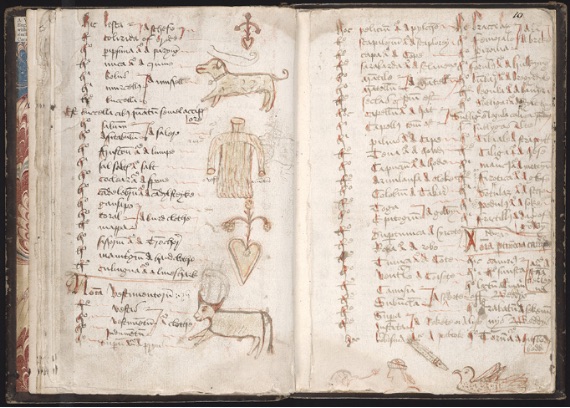
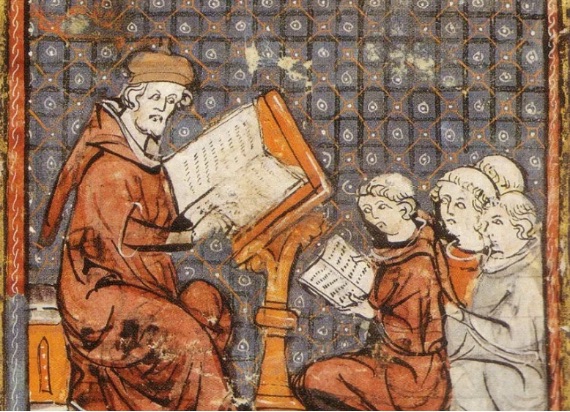
A manuscript of Latin-English vocabulary from the 15th century, 2018, Rashdowne.
A Latin class in progress, 2015, Havlidis.
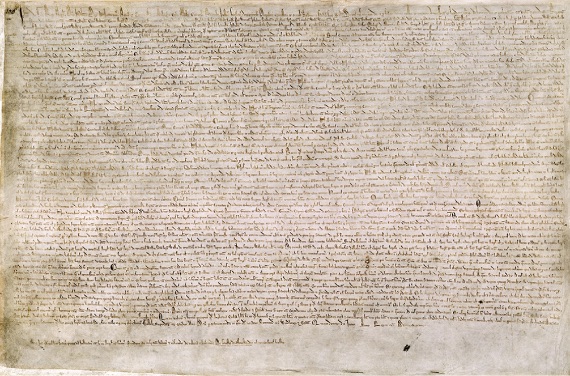
The Charter of Liberties written in medieval Latin in 1215, 2018, Ashdowne.
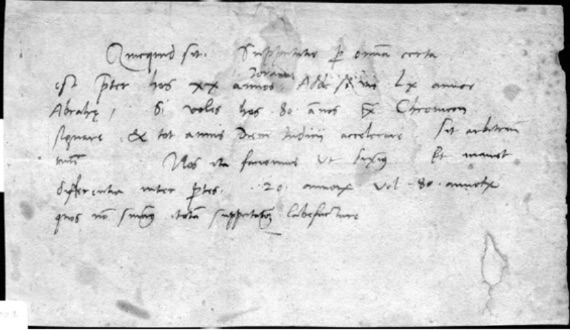
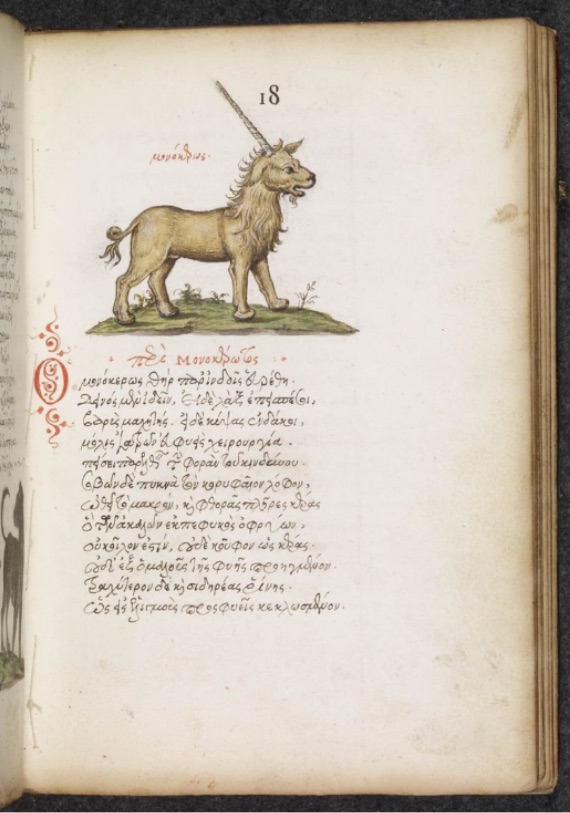
Manuscript on Old Testament Chronology, 1541, Pitts Theology Library.
Miniature of a unicorn, in Philes, De natura animalium, written in Latin in the 16th century; n.d.; the British Library.
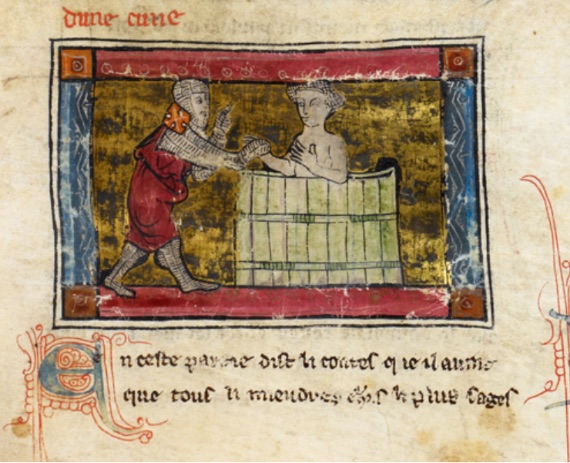
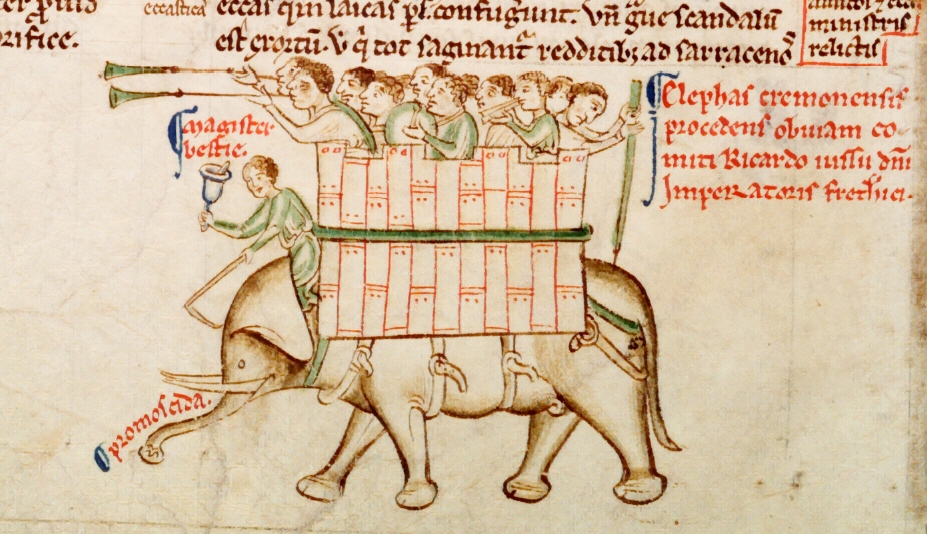
An illustration of a lancelot rescuing a lady from a tub, with a description written in Latin; n.d.; British Library.
Elephant by Matthew Paris from Parker MS 16, fol 151v; n.d.; the British Academy.
VALUABLE LANGUAGE BUT VULNERABLE USAGE
Although standard Latin is very applicable for description, it’s complex and highly organized grammar structure which contains cases, genders, declensions and etc., prohibits the majority to use Latin as a source for daily face to face practical interaction. Therefore, a countermeasure of using a different language had to be executed.
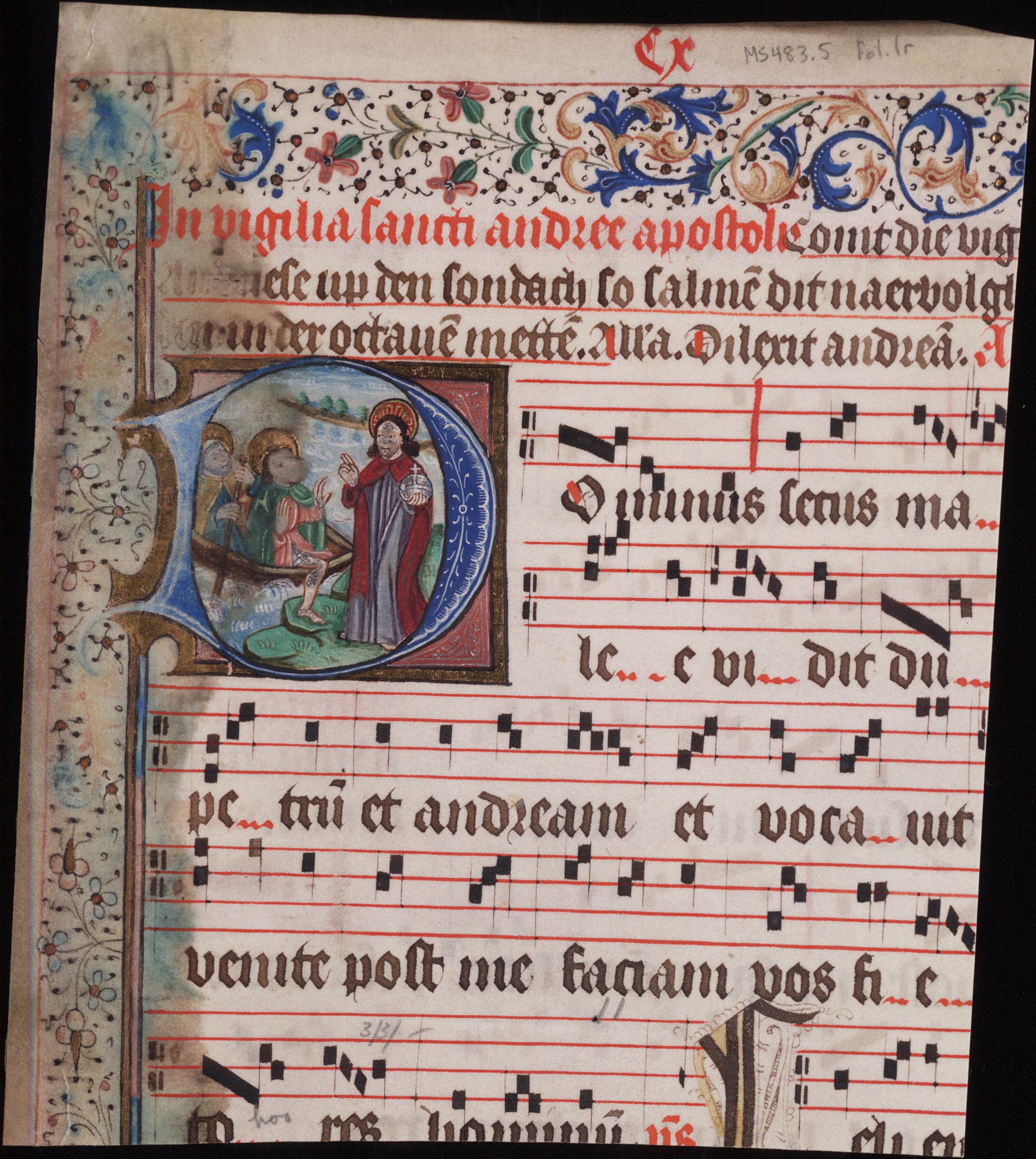
Prayer roll in Middle English with passages in Latin written in 1475-1525, n.d., Beinecke Library.
15th century Medieval manuscripts in Latin witten in 1450-1499, n.d., Beinecke Library.
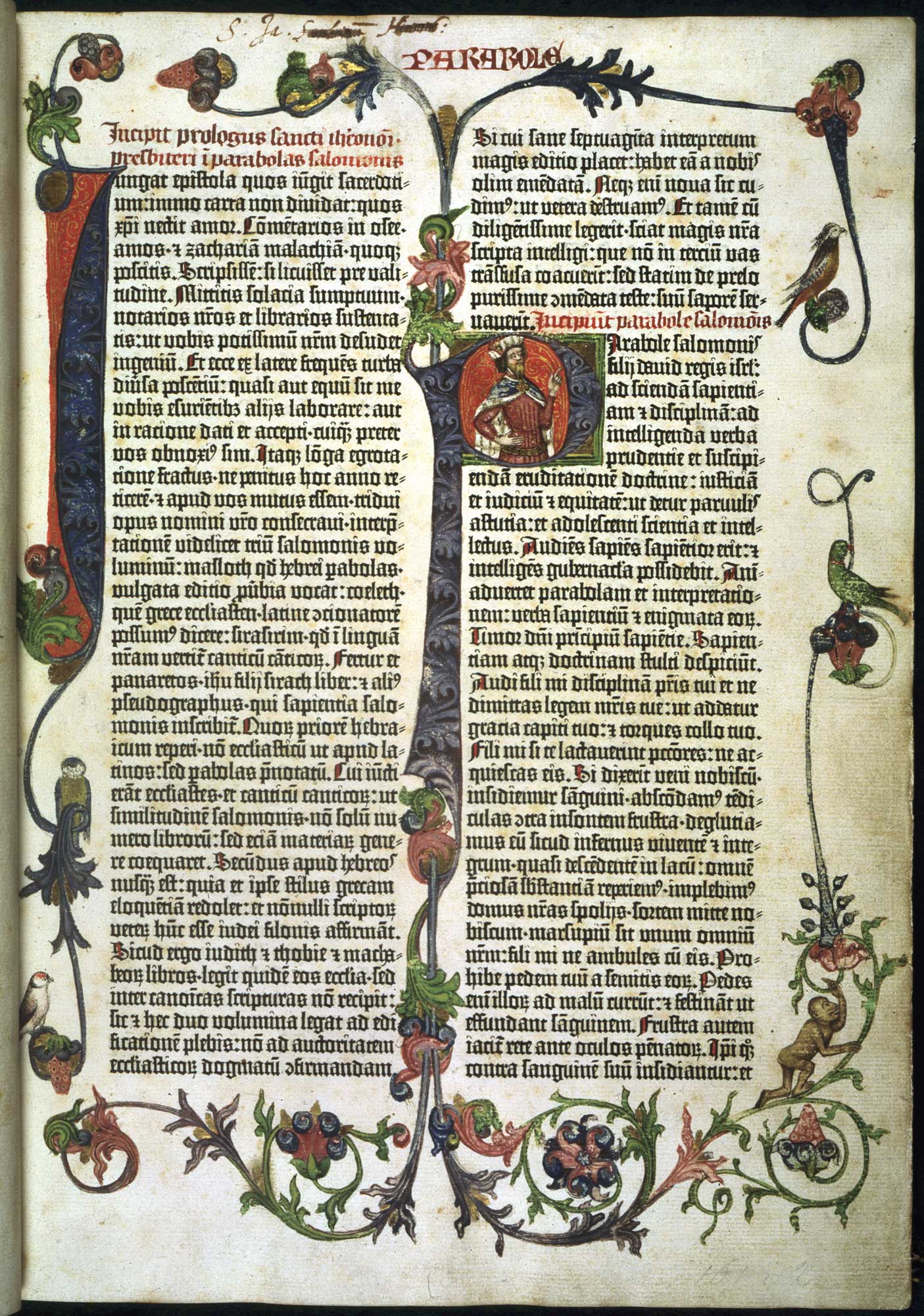
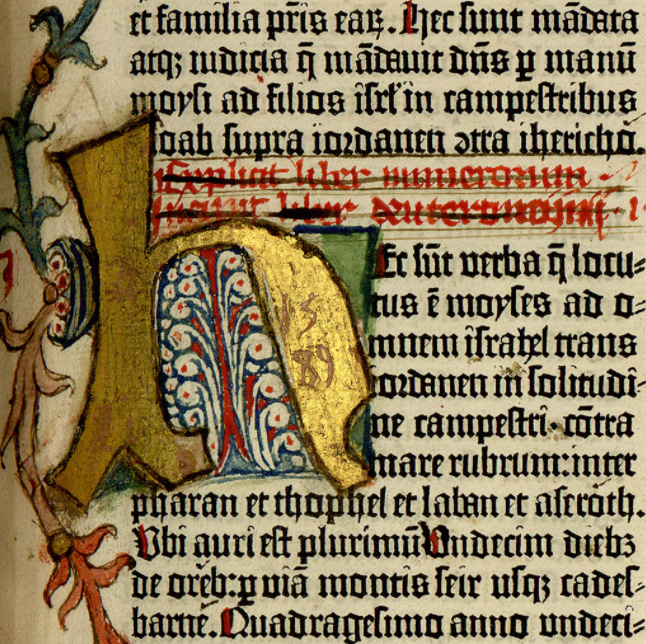
Biblia latina, 42 lines published in Mainz, Germany; 1455; British Library.
Biblia latina, commonly known as the Gutenberg Bible. published in Mainz; 1455; the Van Kampen Collection.
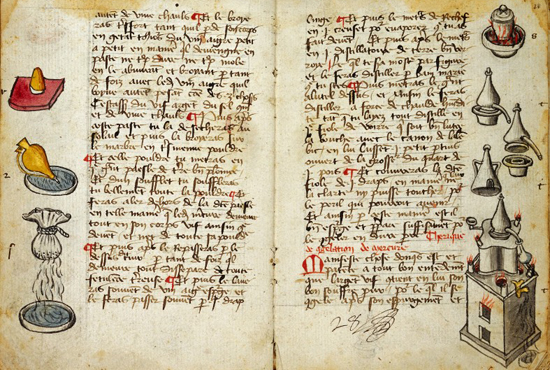
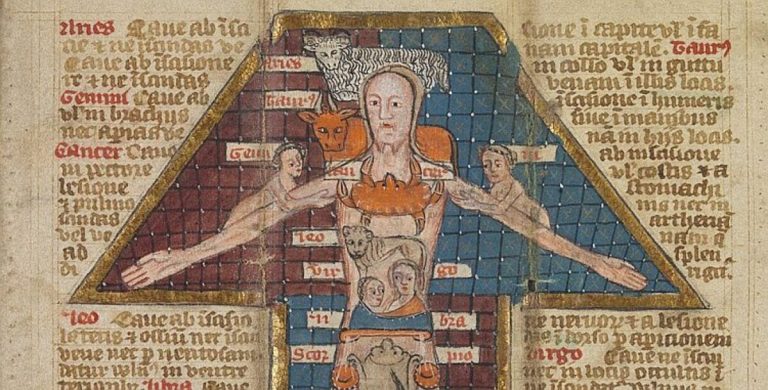
Late 15th century alchemical manuscript in French and Latin, n.d., Wellcome Library.
Cropped from English folding almanac in Latin from early 15th century, n.d., Wellcome Library.
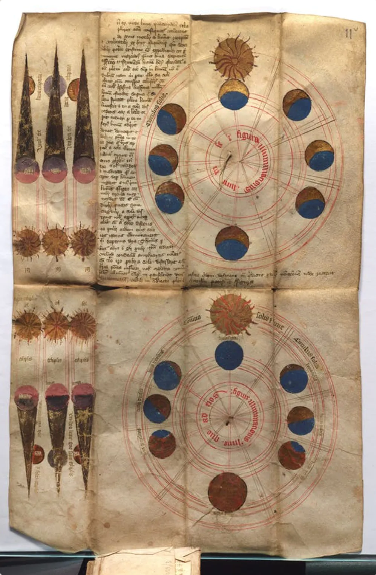
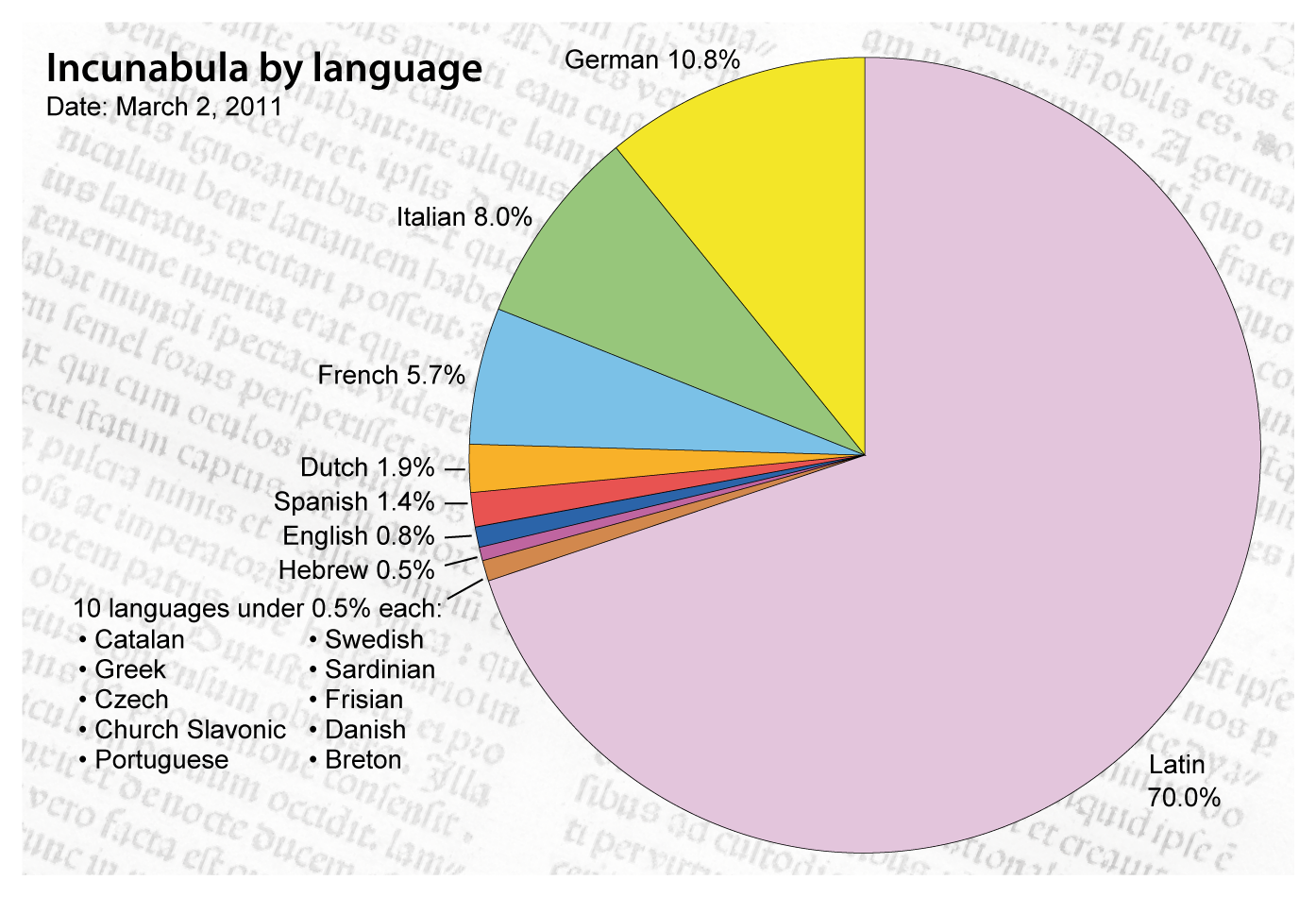
Eclipses and shadow cones showing how eclipses are formed; n.d.; Edinburgh National Library.
Latin dominated printed book production in the 15th century by a wide margin; 2011; British Library.